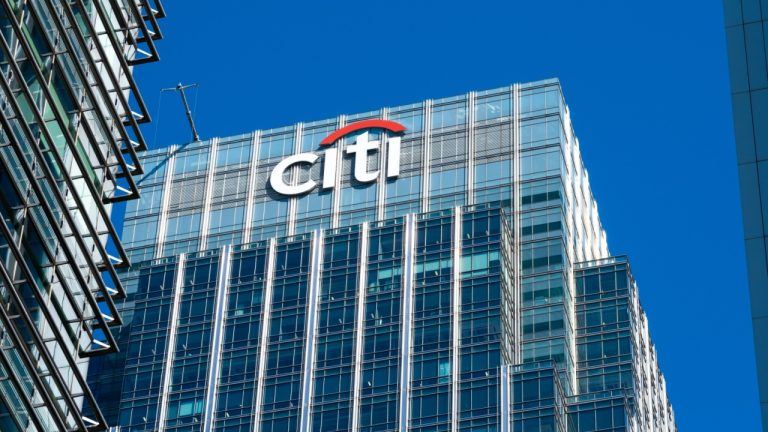Ethereum (ETH) Price: Holding Above $1,700 Despite 1.2% Decline as Scalability Proposals Emerge

TLDR
- Ethereum (ETH) is currently stabilizing above $1,700 support level despite a 1.2% decline over 24 hours
- A new proposal (EIP-9698) aims to increase Ethereum’s gas limit by 100x over four years, potentially boosting transaction capacity to 2,000 TPS
- Vitalik Buterin shared a Layer-Zero scalability update that could provide up to 832× fewer cycles than current EVM interpreters
- Technical analysis shows ETH forming a falling wedge pattern with a bullish target of $2,875
- Ethereum underperformed Bitcoin recently, dropping 2.9% to $1,783 while Bitcoin gained 1% to reclaim $95,100
Ethereum is holding steady above the $1,700 support level despite experiencing a 1.2% decline over the past 24 hours. The second-largest cryptocurrency by market cap has shown resilience even as it underperforms Bitcoin in the short term, with ETH dropping 2.9% to $1,783.53 while Bitcoin gained 1% to reclaim $95,100.
Several major developments are emerging from the Ethereum ecosystem that could impact its future performance and scalability.
Dankrad Feist of the Ethereum Foundation has presented Ethereum Improvement Proposal (EIP-9698), which proposes raising Ethereum’s gas limit by 100 times over four years. The plan calls for using a “deterministic gas limit growth schedule” to progressively increase the current 36 million gas limit to 3.6 billion.
This expansion would occur in two phases: a tenfold increase over about two years followed by another tenfold increase. If implemented correctly, this could boost Ethereum’s transaction processing capacity to over 2,000 transactions per second (TPS).
Technical Analysis Points to Potential Recovery
Ethereum has shown strength against Bitcoin, reclaiming its local range and potentially indicating a larger market recovery. The cryptocurrency is currently forming a falling wedge pattern after 12% gains last week.
This technical pattern suggests a bullish reversal for ETH price with a target at $2,875. The Parabolic SAR indicator reinforces this bullish trend, suggesting buyers are now in control after months of selling pressure.
Key levels to watch include immediate support at $1,700, critical support at $1,449, key resistance at $1,861, and a psychological target at $2,000.

Ethereum’s stabilization between $1,725 and $1,850 shows that bulls are defending important levels. However, a catalyst is needed for the next major movement.
Layer-Zero Update Responds to Scalability Concerns
In response to recent criticism from Cardano founder Charles Hoskinson, who predicted Ethereum “could collapse within 15 years” if current trends continue, Vitalik Buterin shared a major Layer-Zero scalability update.
Buterin reposted research proposing a shift from the EVM (Ethereum Virtual Machine) to a more efficient zkVM system using RISC-V standards. According to the research, this update would expand Ethereum’s network capabilities with up to 832× fewer cycles than current EVM interpreters.
Other benefits include a 95.7% reduction in proving cycles via precompiles, 30× throughput increase with GPU acceleration, and significant proof compression via recursion.
This Layer-Zero technology aims to combine Web2-level performance with Web3 verifiability, offering a new path to scaling Ethereum without excessive reliance on Layer-2 networks.
If successfully implemented, this framework could reshape Ethereum’s scalability narrative and potentially alleviate long-term fears about ecosystem fragmentation.
Fee Structure Reforms Proposed
Parallel with scaling options, Ethereum community members Kevin Owocki and Devansh Mehta have proposed a dynamic application layer cost structure. Their proposal uses a square root formula to proportionally lower the percentage of fees as funding capital increases.
This approach aims to balance revenue generation for app designers with equitable fee extraction. Once an application’s funding pool reaches $10 million, this structure would cap fees at 1%.
This would allow smaller developers to create distributed apps free from excessive costs while promoting project expansion.
These proposals reflect growing calls to change value accrual systems and maintain Ethereum’s economic competitiveness against rising alternatives like Solana, which attracted more new developers than Ethereum in 2024.
Ethereum fees recently dropped to five-year lows due to reduced base layer activity, making these reforms potentially crucial for the network’s future competitiveness.
Despite short-term underperformance, Ethereum’s weekly returns stand at +12.4%, compared to Bitcoin’s +10.6%. However, on the monthly view, ETH’s 6.0% gain trails BTC’s double-digit surge.
This divergence reflects active capital rotation as traders leverage volatile macro sentiment to execute short-term strategies.
The Fisher Transform indicator shows strong positive momentum, currently reading 2.22, indicating overbought conditions but also underlying strength. While a minor pullback cannot be ruled out, the mid-term momentum still leans heavily in favor of the bulls.
Failure to maintain the support cluster around the Parabolic SAR level at $1,569 could invalidate the bullish thesis, with $1,385 as a potential bearish target.
The post Ethereum (ETH) Price: Holding Above $1,700 Despite 1.2% Decline as Scalability Proposals Emerge appeared first on Blockonomi.





